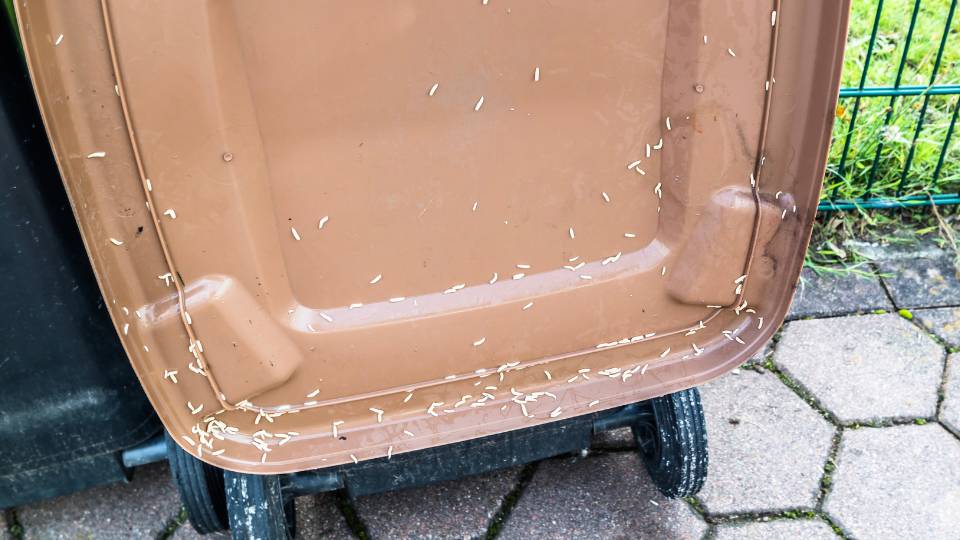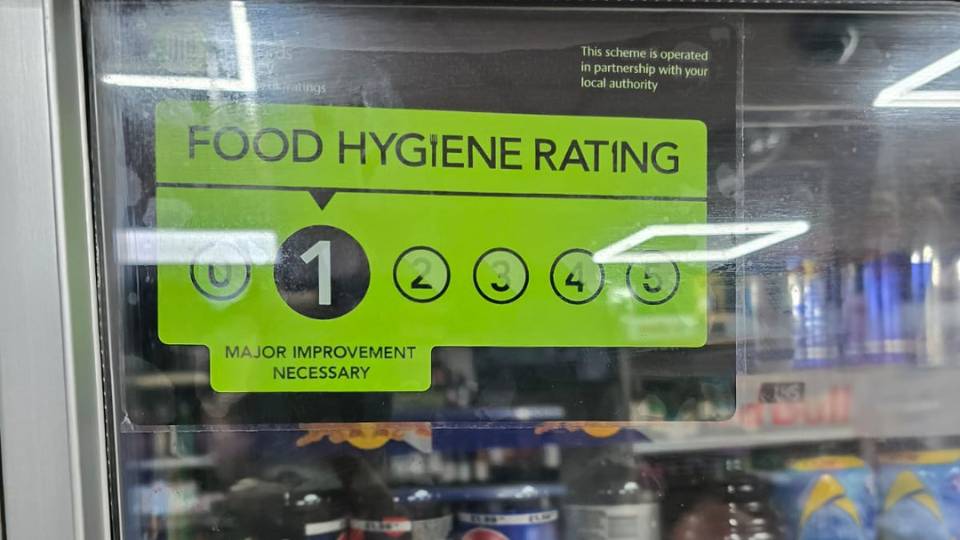
A Quick Summary:
- Essential for preventing contamination and achieving a 5-star rating.
- Regular inspections, staff training, and record-keeping are key.
When it comes to running a business, maintaining a high hygiene rating is crucial not only for customer trust but also for compliance with food safety regulations.
One of the key factors in achieving a 5-star hygiene rating is having a solid pest control system in place.
Having a pest control plan is almost essential for reaching that coveted 5-star rating, which should be a goal of any food business, restaurant, takeaway, cafe or something else.
Table of Contents
- The Importance of Food Hygiene Ratings
- Pest Control: A Key Component of Hygiene
- Why a Pest Control Plan is Essential
- Implementing a Pest Control Maintenance Plan
- Conclusion
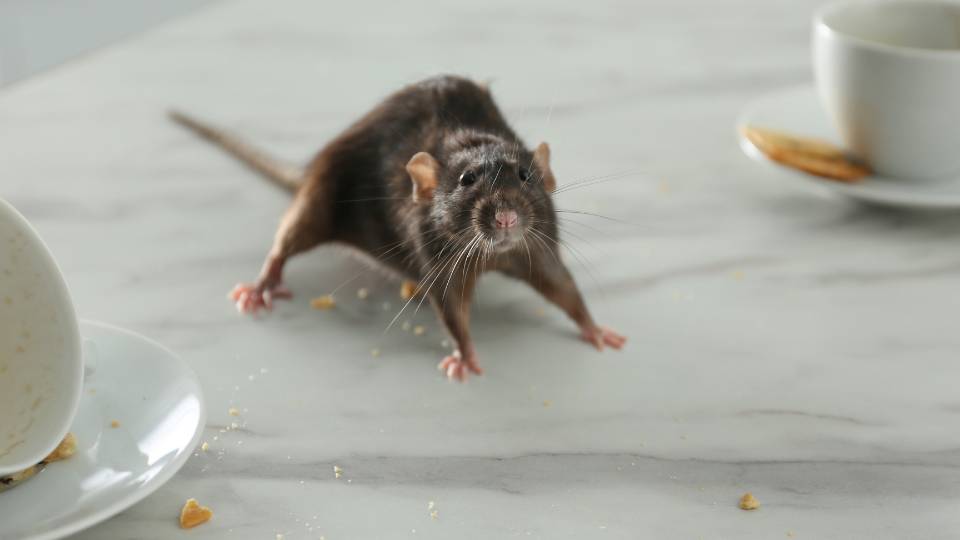
The Importance of Food Hygiene Ratings
The Food Hygiene Rating Scheme (FHRS) is managed by local authorities in partnership with the Food Standards Agency.
After an inspection, a food safety officer assigns a rating from 0 (urgent improvement needed) to 5 (very good), based on hygiene standards at the time.
Ratings reflect how well a business meets food hygiene laws, including food handling, facility cleanliness (including pests), and safety management.
This rating is not just a mark of excellence; it also reassures customers that they are dining in a clean and safe environment, encouraging them to purchase goods from you and not a competitor.
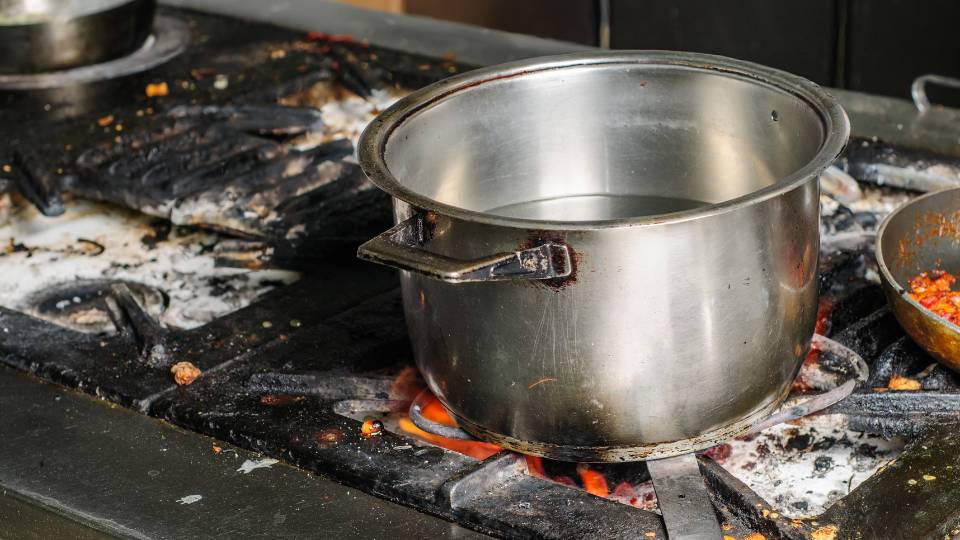
Pest Control: A Key Component of Hygiene
Pest control plays a critical role in maintaining food hygiene.
Pests such as rodents and insects can carry diseases and contaminate food, posing significant risks to both customers and staff.
Effective pest control helps to prevent infestations, ensuring that food is kept safe from contamination.
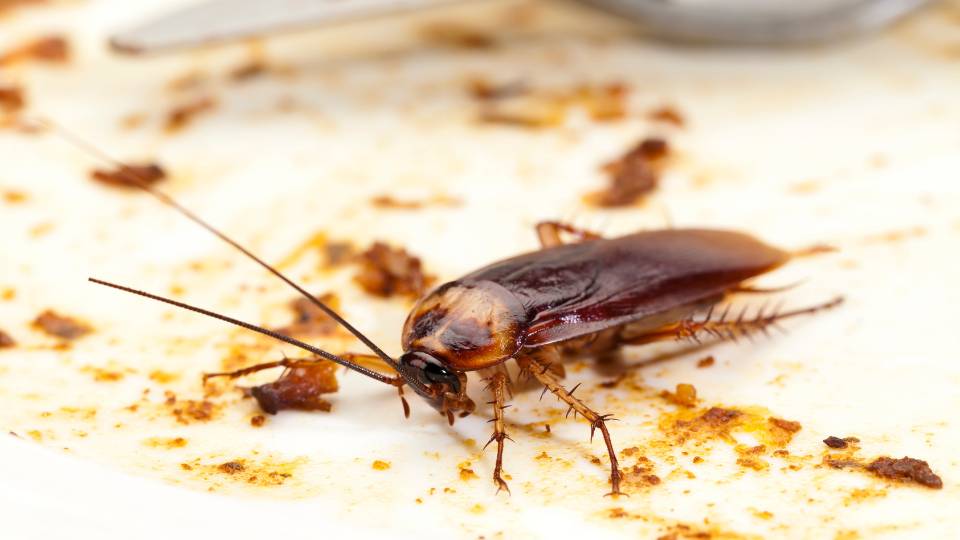
Why a Pest Control Plan is Essential
- Preventing Infestations:
A proactive pest control plan helps to prevent infestations before they start.
Regular inspections and treatments can identify potential problem areas and address them before they escalate.
- Maintaining Cleanliness:
Regular pest control helps to maintain a clean environment, reducing the risk of contamination and ensuring that hygiene standards are upheld.
- Meeting Hygiene Standards:
While having a written pest control plan is not a formal requirement for a 5-star rating, it is considered best practice; you will not be given a 5-star rating if you have any sort of pest issue within your establishment.
Food businesses that invest in effective pest control are better positioned to meet the rigorous standards required for a top rating.
- Protecting Your Reputation:
A pest infestation can severely damage a food business’ reputation.
By having a good pest control system in place, businesses can protect their reputation and build customer trust.
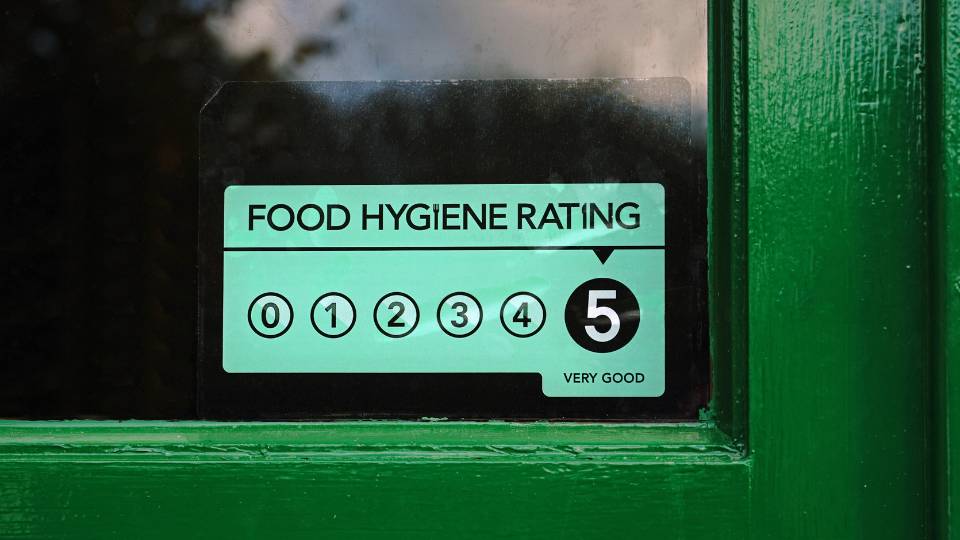
Implementing a Pest Control Maintenance Plan
To achieve and maintain a 5-star hygiene rating, businesses should implement a full pest control maintenance plan.
This includes:
- Regular Inspections:
Schedule regular Inspections by a professional pest control service to identify and address potential issues.
- Staff Training:
Ensure that staff are trained in pest prevention and hygiene practices.
- Record Keeping:
Maintain detailed records of pest control measures and inspections to demonstrate compliance during hygiene audits.
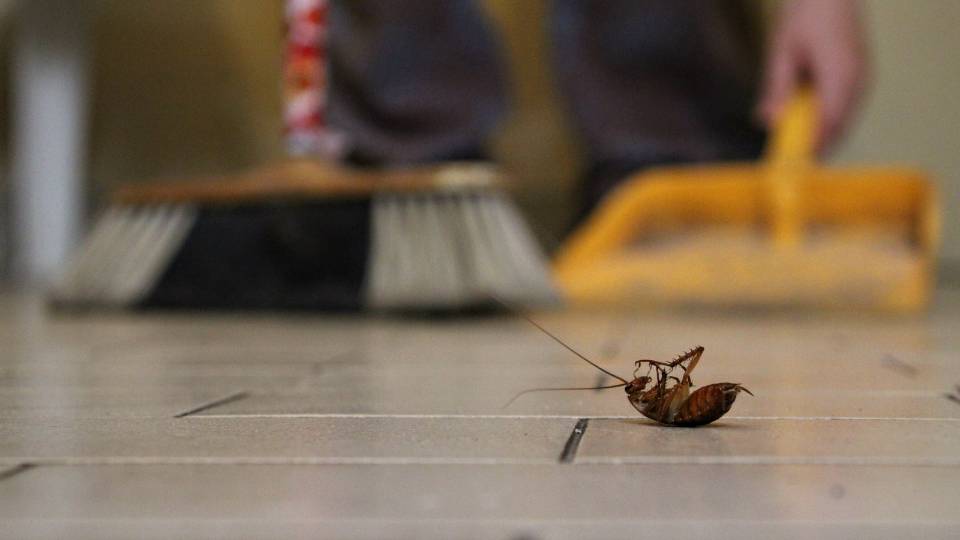
Conclusion
While it is not a formal requirement to have a pest control plan to achieve a 5-star hygiene rating, it is a critical component of good business practice.
A well-implemented pest control system not only helps to ensure compliance with hygiene standards but also protects your business’ reputation and customer trust.
By investing in effective pest control and maintaining a proactive approach, food businesses can enhance their chances of achieving and retaining a 5-star hygiene rating.


